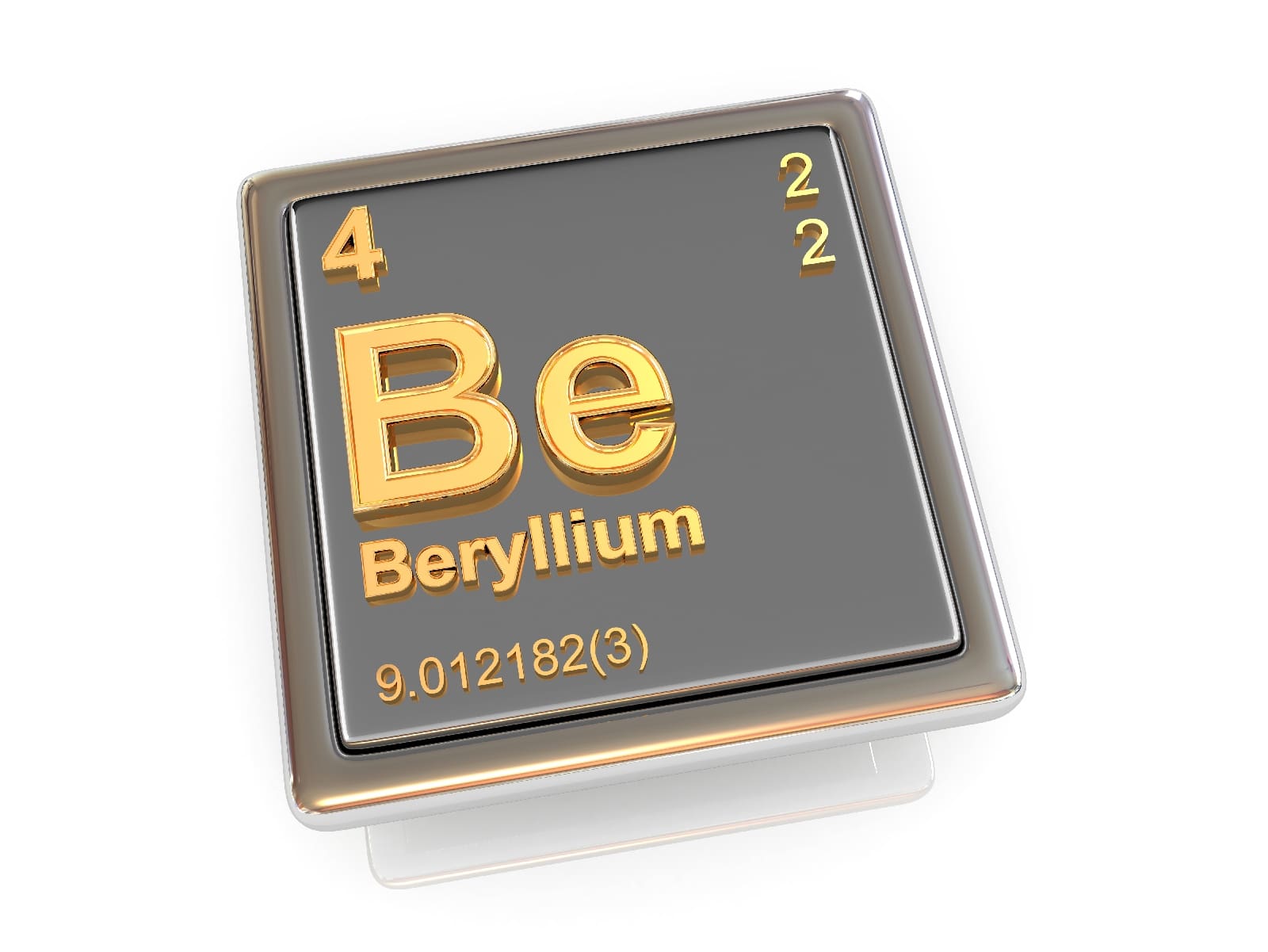 The Backstory
The Backstory
Beryllium metal imparts increased hardness and strength when added to alloys, and can be found in a variety of industries, from the production of aircraft parts to missiles, to rocket nozzles on spaceships, even dental alloys. In short, beryllium affects the lives of thousands of American workers every day. Unfortunately, beryllium is also very similar to magnesium, and will preferentially displace magnesium from enzymes in the human body, leading to dire consequences; precisely why OSHA requires certain risk mitigation measures when working with beryllium.
What’s Changing
On December 11, it was announced in the Federal Register that OSHA has proposed an update to the existing beryllium standard, including revised definitions of what a “beryllium work area” is, as well as when certain PPE are required, and how and where hazards are communicated.
Implications
Under the proposed standard, employers would now need to classify any area where beryllium is processed in concentrations of 0.1% by weight or more, as a “beryllium work area,” regardless of whether exposures have been measured in that area. What’s more is that the revised standard will be more harmonized with 29 CFR 1910.1200 (OSHA Hazard Communication Standard), in the sense that only immediate containers of beryllium must contain label warnings.
Whether you need help with OSHA compliance, or other hazard communication regulations globally, Global Safety Management and its team of experts is here to help. Questions? Contact us today!


